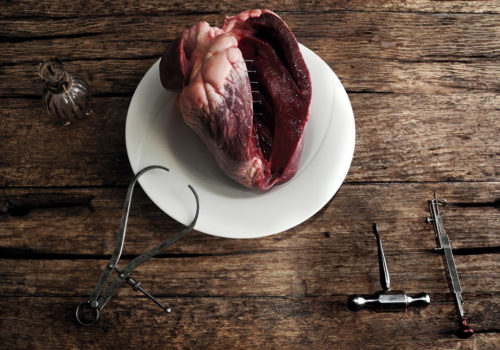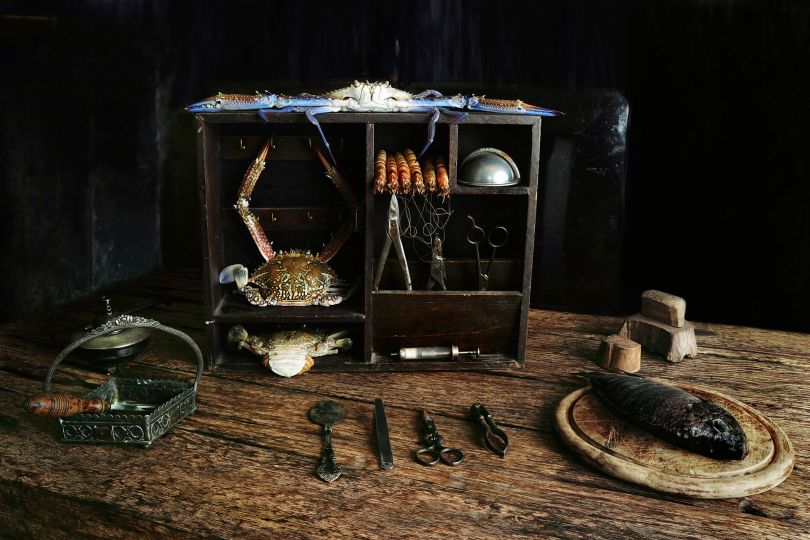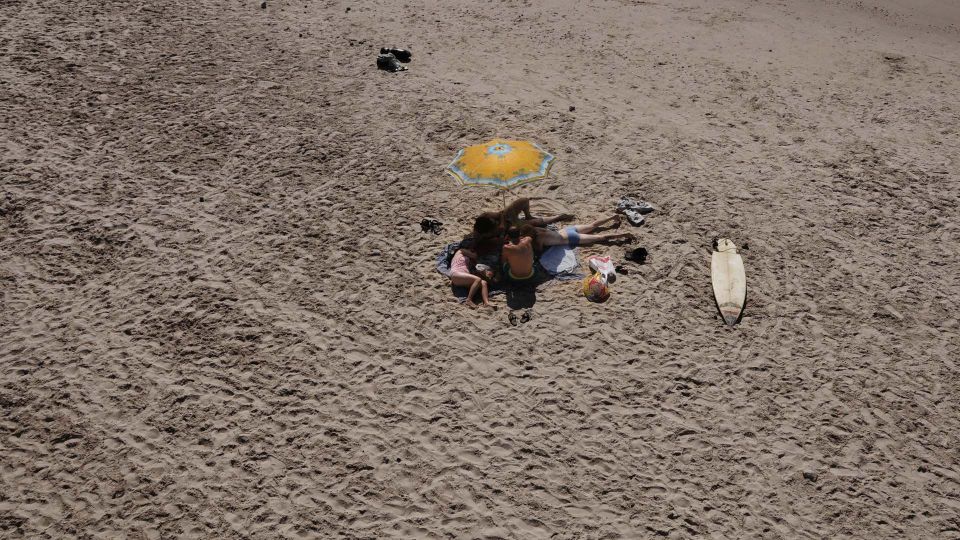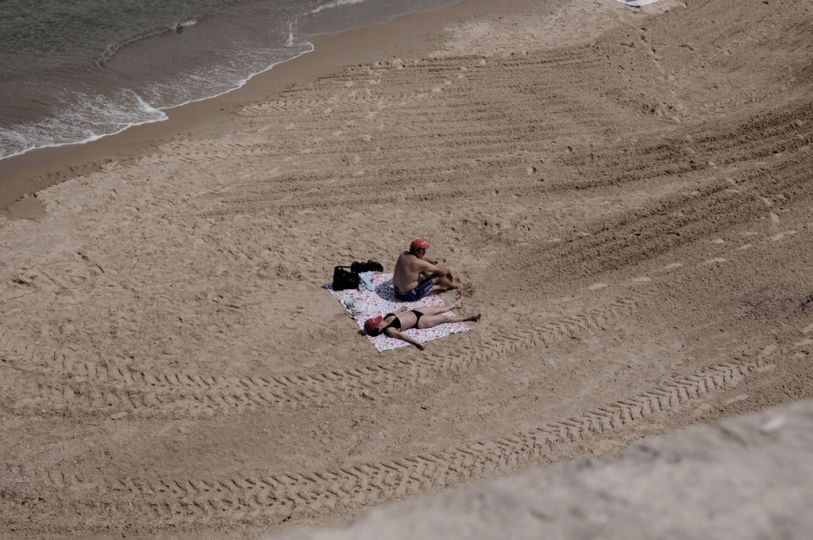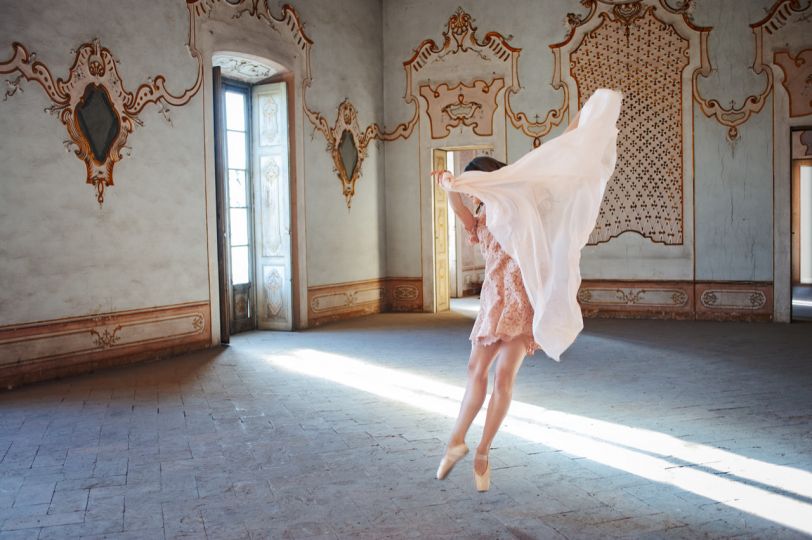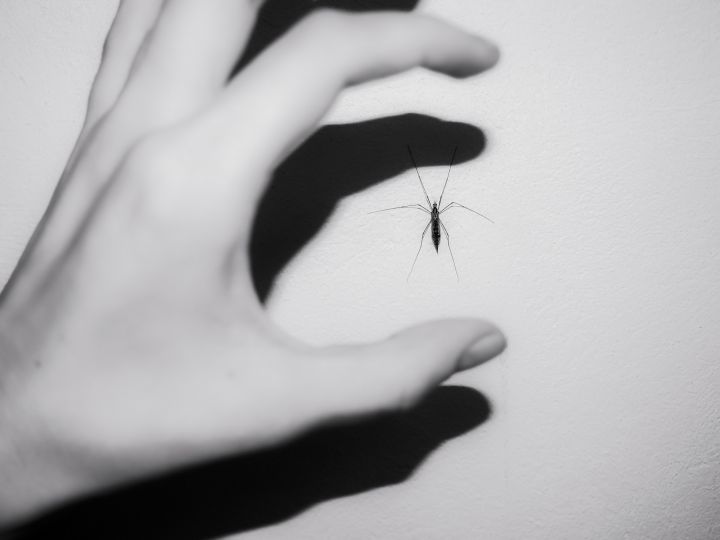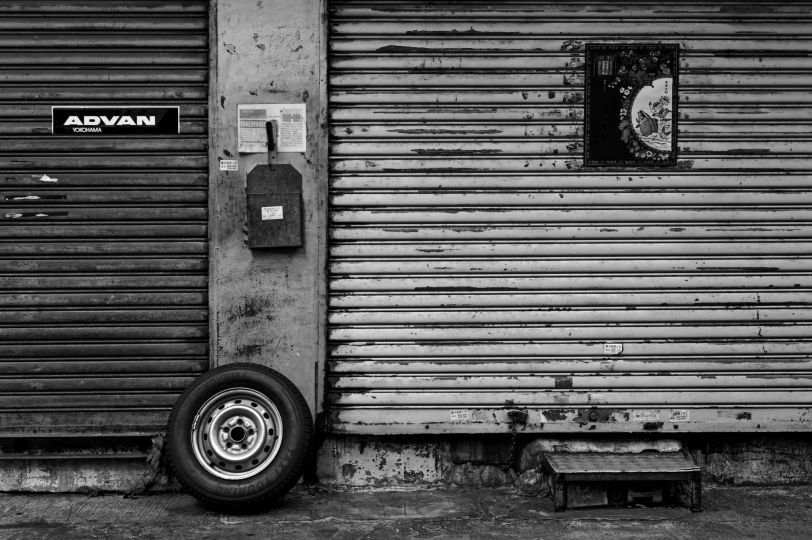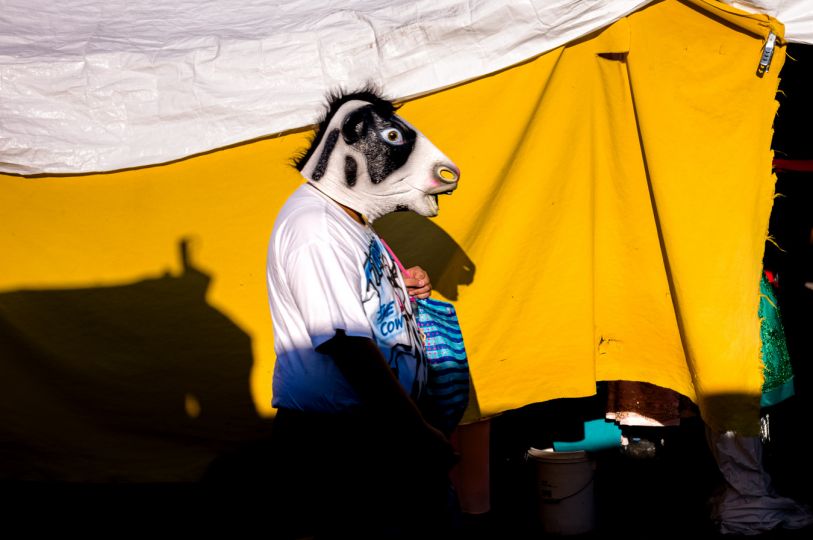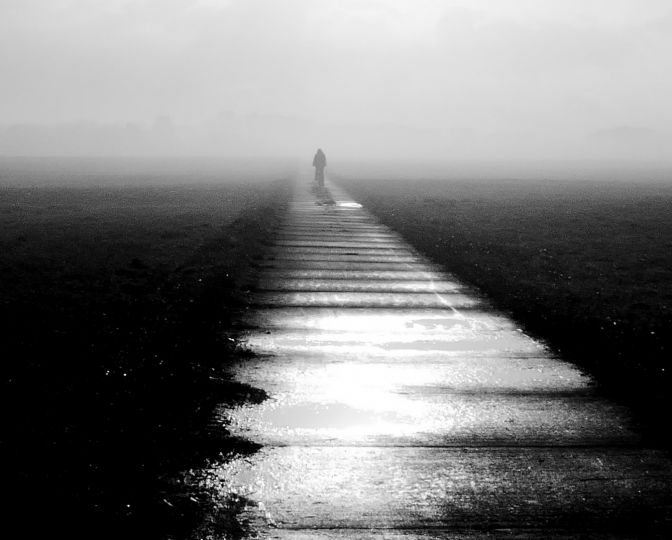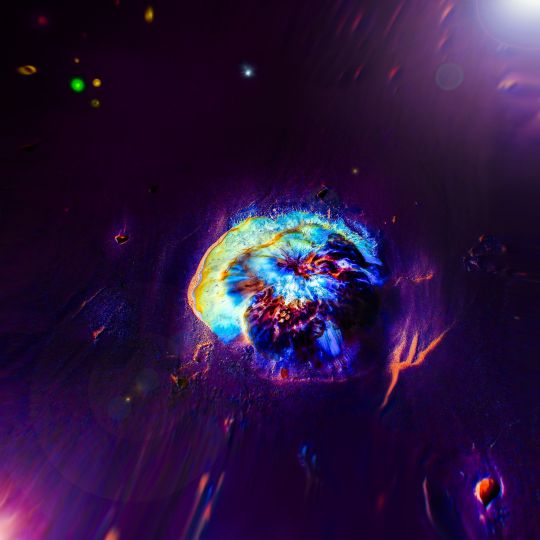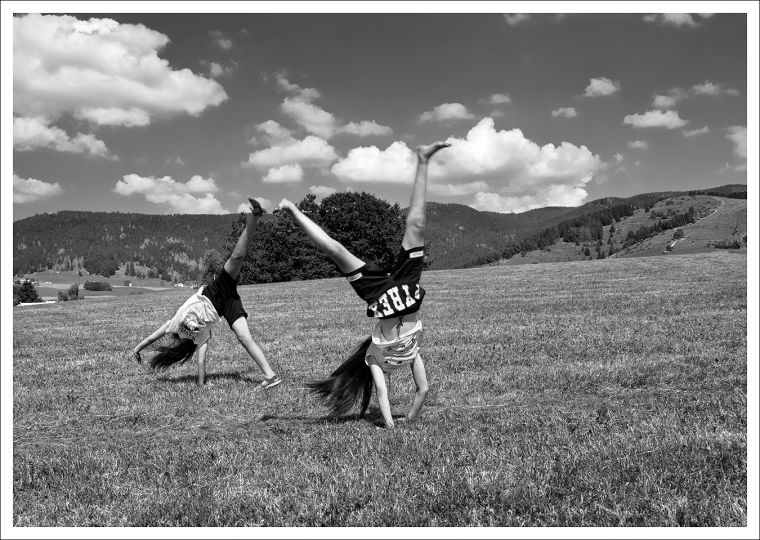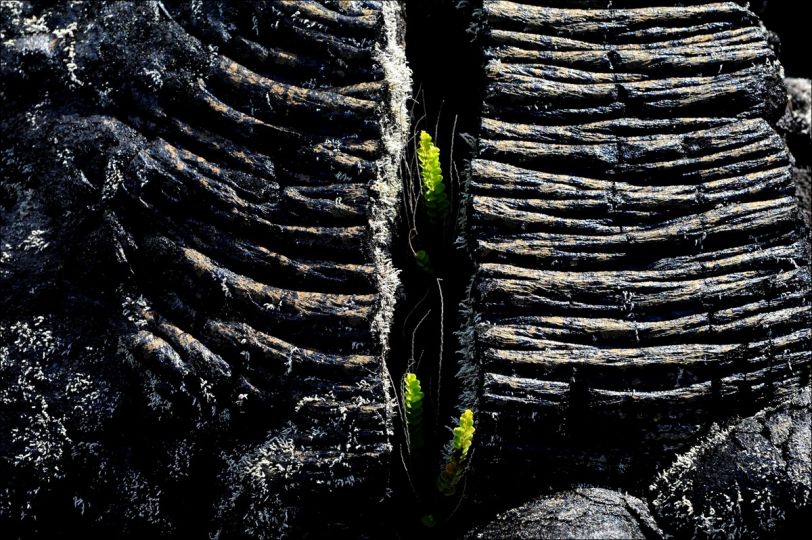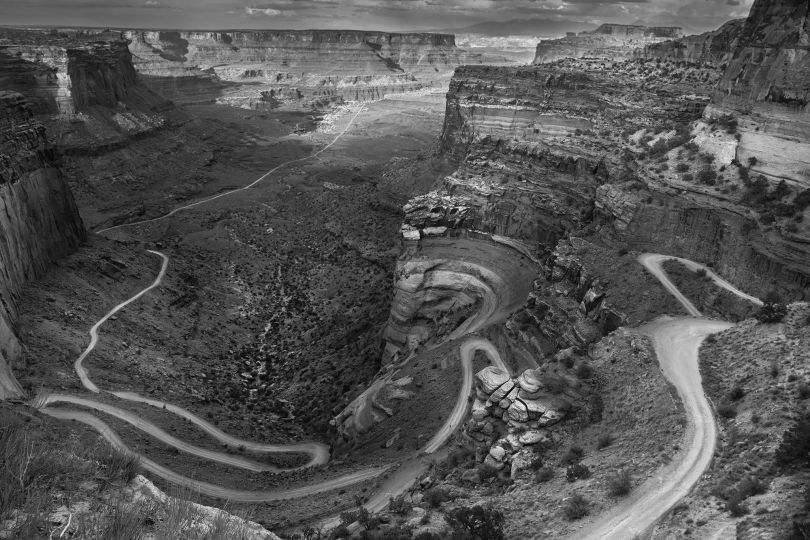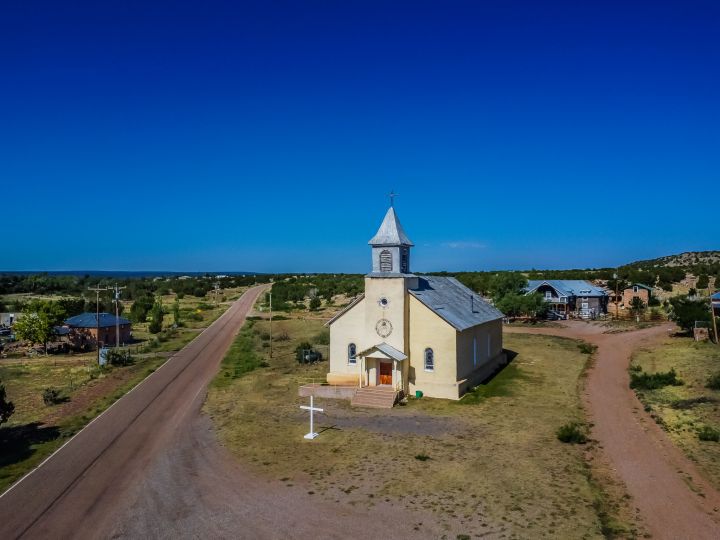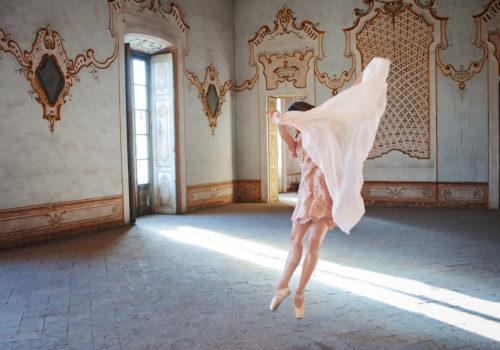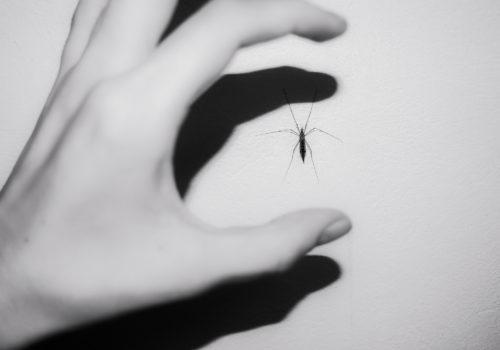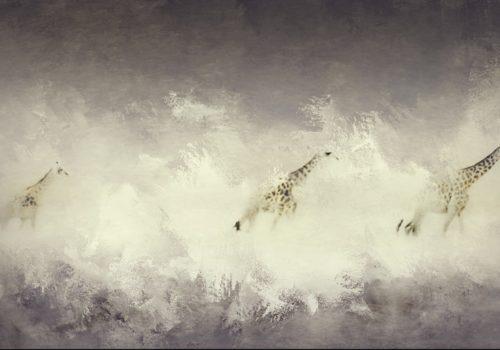Eran Gilat is a Neuroscientist and an avid Fine Art Photographer. Eran’s research focus on the study of the mechanisms underlying epilepsy, and the development of innovative cure for this illness.
In recent years Eran found himself directing vast attention to still life photography in addition to conceptual portraiture, highly inspired by his long lasting confrontation with biological tissues and para-clinical constellations for the study of Neuroscience. Eran deals with the aesthetics of the scene, improvising various contexts, the tools and paraphernalia shown are not just the typical ones used in the clinical operating place. It takes a while for a young clinician or a researcher to accommodate the laboratory or hospital scenes to enable good performance” states Eran. This is done by extensive training; some cannot adjust to the visuals. Eran feel, his photographic activity carries him to these regions too. His “Life Science” project is forcing the biological tissue into a relatively pleasant, sometimes artificial scenarios contemplating disquieting issues of materialism and mortality, corresponding with the complicated and intriguing category of “Animal reminder” in the visual arts.
His extended “Life Science” series negotiates also the immoral reasoning for various toning of human violence, insecurity and exile. Eran does not point to a specific conflicts; “I just contemplate with the aid of my visuals the unnecessary transformation of a human being to an “uprooted” one under the use of viciousness. We tend to describe violent humankind behavior as an animal like beastly revolting one, associated with animal violent behavior. But the animal world is dictated purely by survival rules due to inexorable, harsh selection process. No one will consider the employment of the essentials measures for the preservation of the species as cruel ones; this was previously emphasized by Charles Darwin and recent eminent scholars” states Eran. Eran believes that in many aspects we are inferior to the animal world moral conduct, while evidently being superior in our intellectual competence.
# All specimens are derived from Natural History Facility

